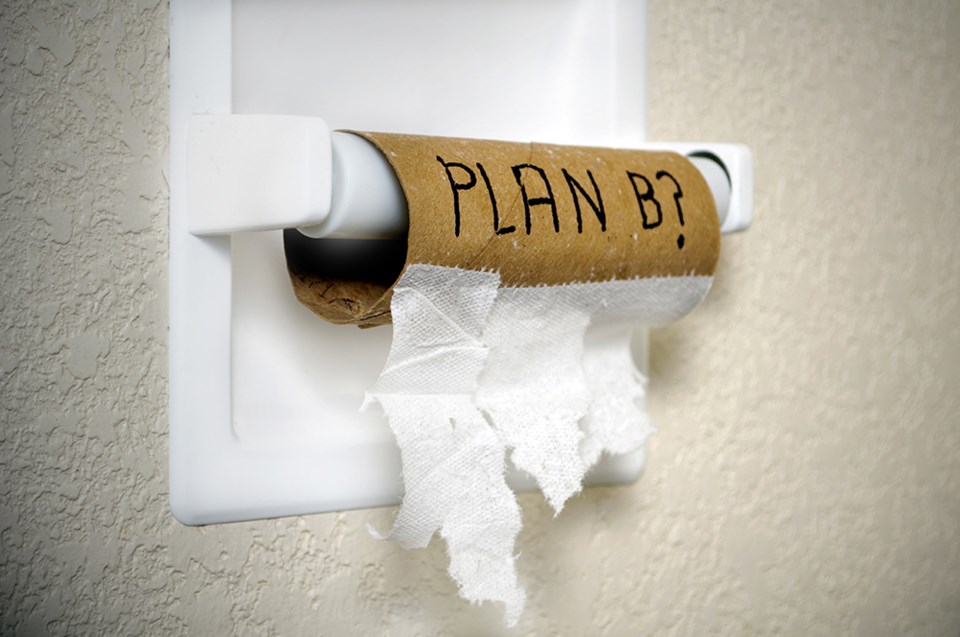Bathrooms are a classic refuge – a place parents can have a moment alone, teenagers can check text messages and children can delay chores. The question that remains is whether the earth experiences the same solace from our bathroom visits.
Debates about toilet paper usually revolve around which way it should face or whether all family members are sharing in restocking duties. Now that such an array of tushy towelette choices are on the market, we are also forced to choose whether bleached, inked, scented, recycled, bamboo, single-ply and aloe-infused paper enter our throne room.
Until the 1800s the masses had few options. In fact, there was no such thing as toilet paper at all. Instead, we used what was most readily available, be it cornhusks, leaves, moss, shells, grass, water, snow or a dedicated hand.
Although you may be unlikely to opt for any of these unless there is a roadside emergency, they are inarguably easier on the planet than so-called modern ones.
To make a roll of toilet paper, an estimated 55 to 140 litres of water is used – and that is before the flushing has begun - then we add at least another three to five litres per flush. Globally, we also flush nearly 27,000 trees down the toilet daily.
Fortunately, there are toilet paper products on the market that are less wasteful ways of managing our waste. The most obvious sustainable choice is 100 per cent post-consumer recycled paper, followed by the readily renewable resource of bamboo toilet paper. Unbleached and undyed paper keep the chemical soup involved in production down as well. Your sensitive body parts will also thank you.
To cut down on toilet paper all together, a bidet may be an option to consider – the simplest of which is easily installed and uses clean water and an inexpensive hose. Water use can also be cut down by letting the yellow mellow or displacing water in the toilet tank using a weighted-down plastic bottle.
Reusable toilet cloths are a great option as well, despite the initial psychological barrier for some. Remembering that washable cloth diapers are commonplace may help us get over any ick-factor.
Many households using these store clean cloths next to the toilet alongside a lidded bucket for used ones – the latter being filled with vinegar water to presoak and eliminate odour.
In the qathet region, toilet paper rolls are recyclable in curbside recycling or at recycling depots, but they can also be dropped off at the Town Centre Recycling Depot or OneLight in Townsite Market to be upcycled into locally made fire starters.
It’s time to mind our pees and poos. What we do in the privacy of our bathrooms isn’t hidden from Mother Earth. Deforestation and excessive water use are needlessly taxing her, “butt" changing daily habits can make a difference, one wipe at a time.
Let’s Talk Trash is contracted by qathet Regional District to deliver its waste reduction education program. For more information, email [email protected] or go to LetsTalkTrash.ca.



